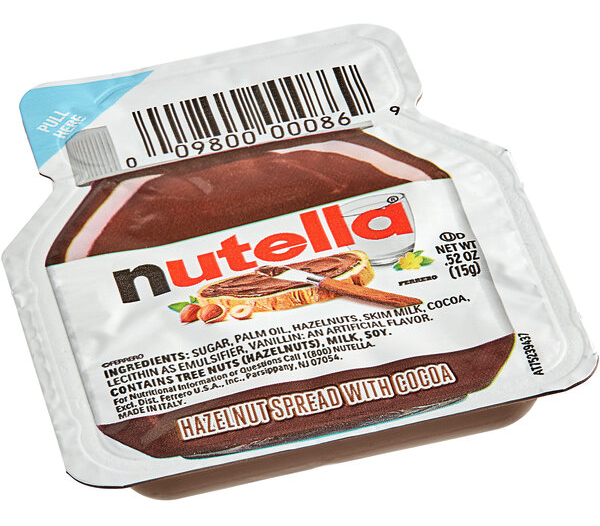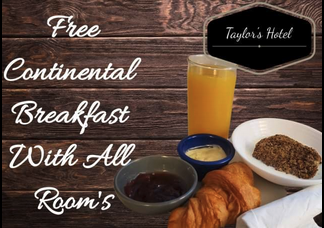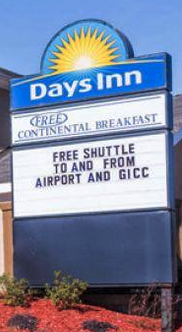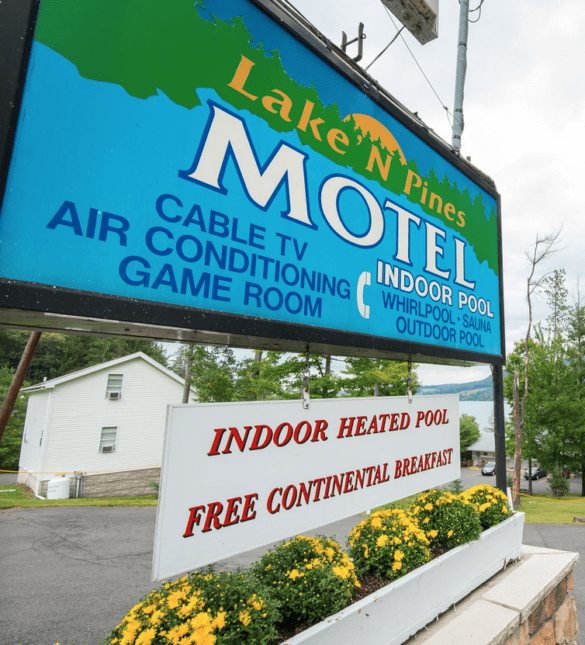When you choose which hotel you’re going to stay in for the night, there may be several deciding factors. It could be on your route, or it’s close to where you want to be. Maybe it’s within your budget. Perhaps you have a certificate (or 2, or 3, or…) for a free room. Or you could simply be trying to get status at Hyatt so ALLLLLL your stays are at their properties.
Or maybe you saw their advertising for “Free Continental Breakfast” and that’s what pulled you in. I mean, who can say no to free food, right?
And I get it. If you’re on a budget, especially if you have kids in tow, whole meals for your entire party, for free, can save you a pretty penny. So, I’m certainly not knocking those free continental breakfasts. And heaven knows I’ve had my share of boxed Frosted Flakes (“They’re GRRRREAT!” You read that in Tony the Tiger’s voice, didn’t you?), shrink-wrapped blueberry muffins, 4oz containers of strawberry Yoplait, bad coffee with those little half and half creamer things that never go bad (psst! I cheat and use the milk for the dry cereal), and a piece of toast with 0.52 oz. of Nutella on it (because OMG, do I love Nutella! I think someone questioned why I got a Nutella kolache when we stopped at the amazing kolache place in Texas? Because Nutella is a food of the gods, y’all!).
 But, as you’re eating your scrambled eggs, Jimmy Dean sausages and MAYBE a pancake or two with buttery spread and maple-flavored syrup (if the pancake machine isn’t broken – Where is Eric H. when you need him??? Psst – he’s a guy on Travel Grumps 101 on Facebook, and I hear he’s certified as a “Pancake Machine Repair Technician” and able to assist when the pancake machine goes into Tomfoolery mode at any Alaska Lounge
But, as you’re eating your scrambled eggs, Jimmy Dean sausages and MAYBE a pancake or two with buttery spread and maple-flavored syrup (if the pancake machine isn’t broken – Where is Eric H. when you need him??? Psst – he’s a guy on Travel Grumps 101 on Facebook, and I hear he’s certified as a “Pancake Machine Repair Technician” and able to assist when the pancake machine goes into Tomfoolery mode at any Alaska Lounge ![]() ), have you ever wondered where the term “Continental Breakfast” comes from?
), have you ever wondered where the term “Continental Breakfast” comes from?
Why do they call it that?
If you’re into history at all, the term “Continental Breakfast” actually originated in Great Britain in the mid-19th century. A full English breakfast (sometimes called a “fry up” or just a “full English”) can include fried eggs, sausages, back bacon, tomatoes, mushrooms, fried bread and often a slice of white or black pudding. It’s accompanied by tea or coffee and hot, buttered toast. The Brits saw that those in the rest of Europe (read: the “continent”), especially in France and the Mediterranean, had a much lighter, more delicate first meal of the day that was mainly composed of bread products. So that was called a “continental breakfast.”
Meanwhile, back in the 1800s, American hotels offered all their guests all their meals as part of their “room and board.” It was all one price combined. But over time, guests wanted more freedom in where and what they ate. They were also looking to save money. So U.S. hotels started changing their format to how it was done in Europe, where meals weren’t included, so your bill was only for your room, not meals.
A hybrid approach eventually developed at some hotels, with a “continental” breakfast offered – but it was free (using the word “continental” also separated these breakfasts from hotels that had full service, full charge restaurants on the property). They’re lighter than a typical “all American breakfast” (you know…huge helpings of eggs, breakfast meats, pancakes, waffles, potatoes, cereals and toast, along with juice and coffee). So that makes them cheaper and easier to prepare (get the coffee maker set up, hard boil some eggs, throw out some English muffins, and refill the OJ container and you’re done [OK, not really. But it’s still an easier setup than potentially dozens to hundreds of made-to-order meals every day]).
Europeans were also visiting the U.S. more often by this point, and they enjoyed these “new” breakfasts since they were more similar to what they had as a first meal of the day at home.
So the meals were quick, easy and cheap for the hotels. They were free (which pleased American tourists), and light (which pleased European tourists). So it was a win-win for everyone.
H/T: The Kitchn
Feature Photo: Quality Inn & Suites
Want to comment on this post? Great! Read this first to help ensure it gets approved.
Want to sponsor a post, write something for Your Mileage May Vary, or put ads on our site? Click here for more info.
Like this post? Please share it! We have plenty more just like it and would love it if you decided to hang around and sign up to get emailed notifications of when we post.
Whether you’ve read our articles before or this is the first time you’re stopping by, we’re really glad you’re here and hope you come back to visit again!
This post first appeared on Your Mileage May Vary








